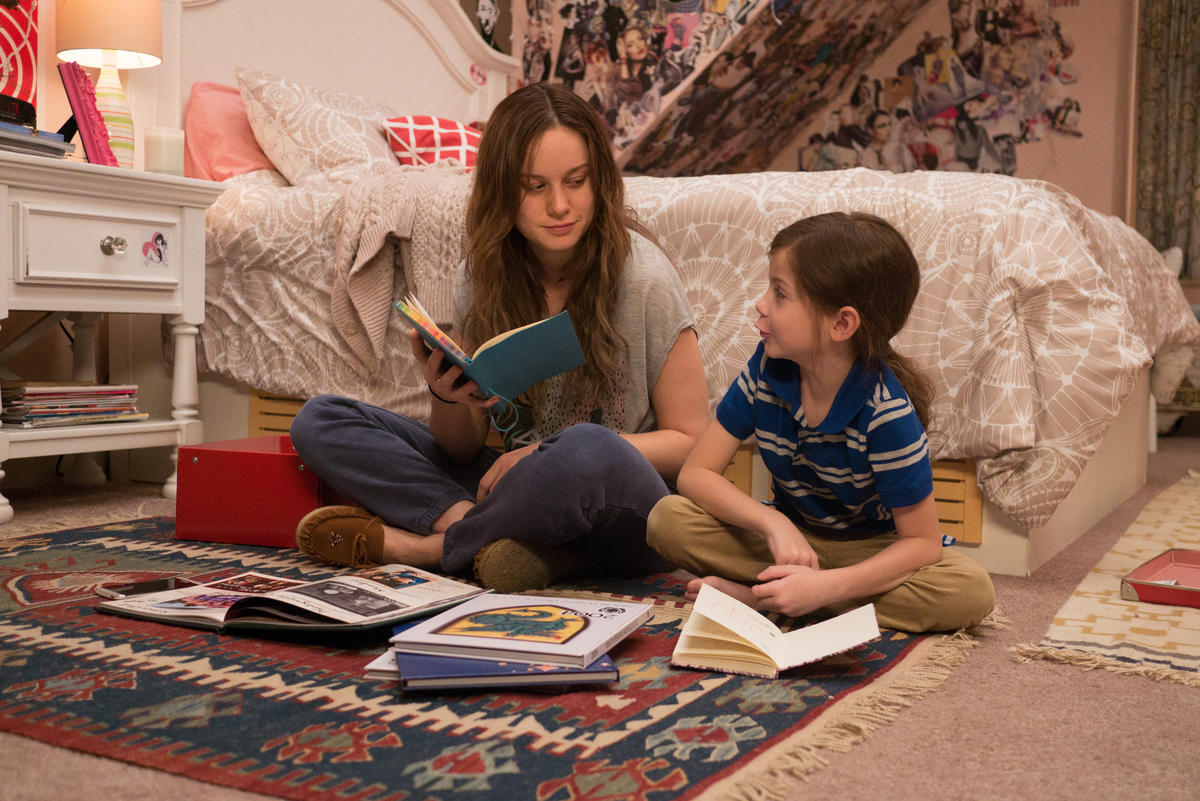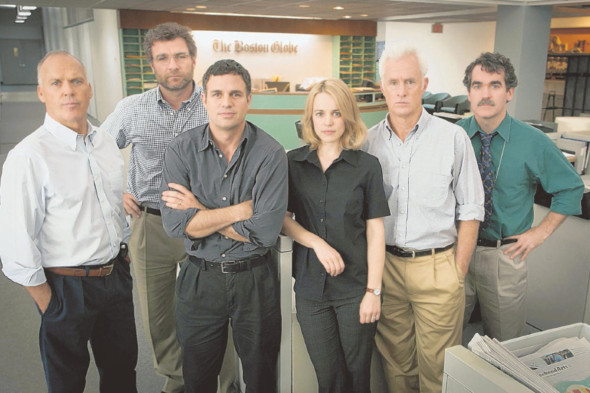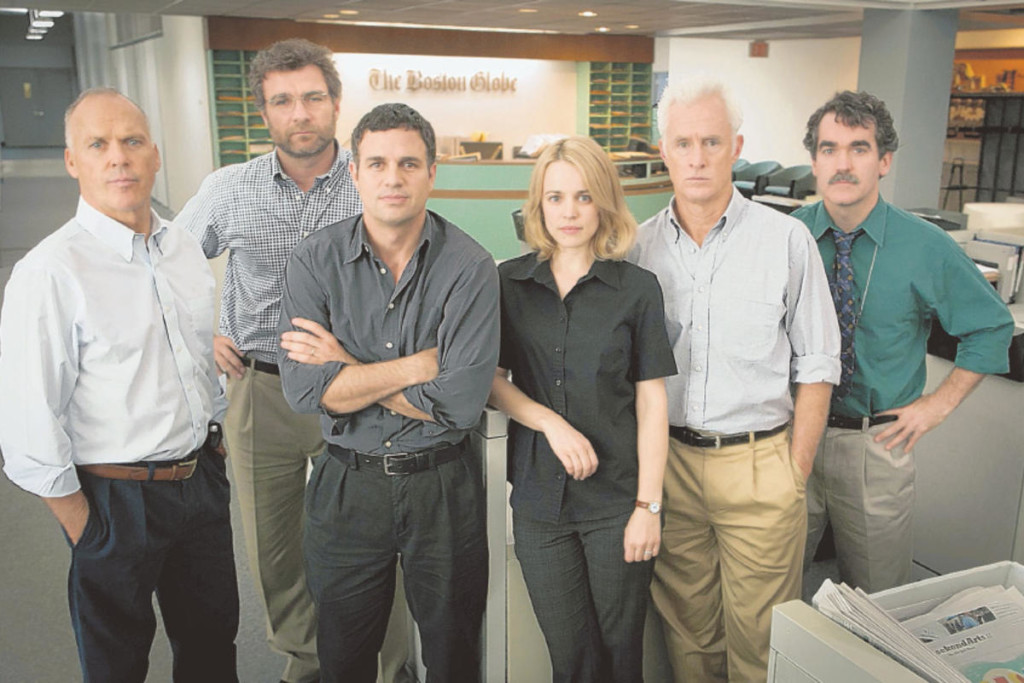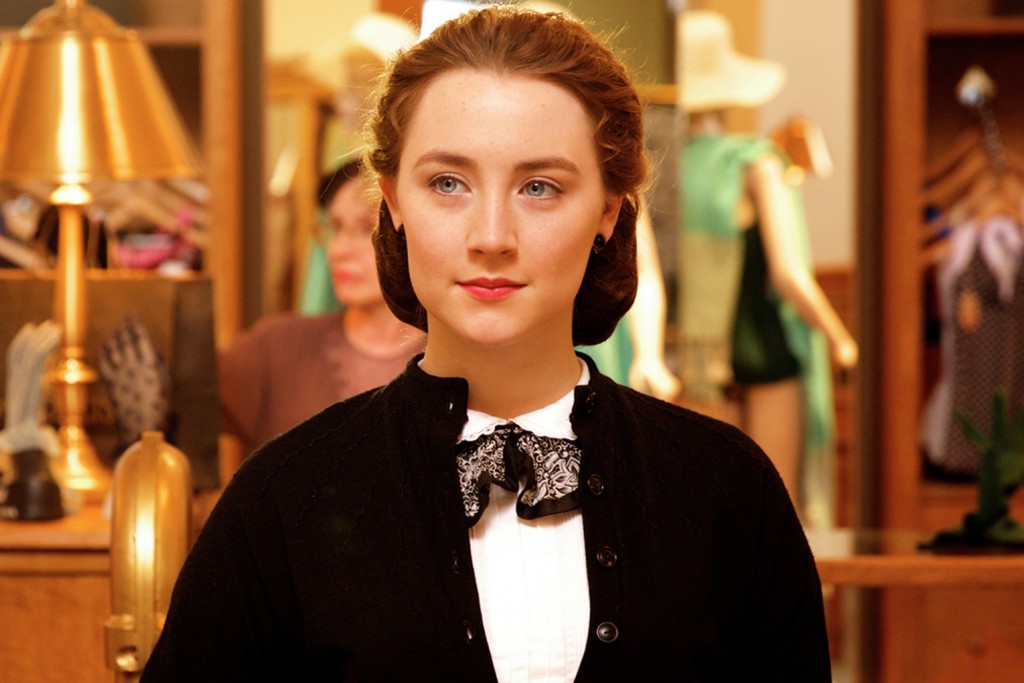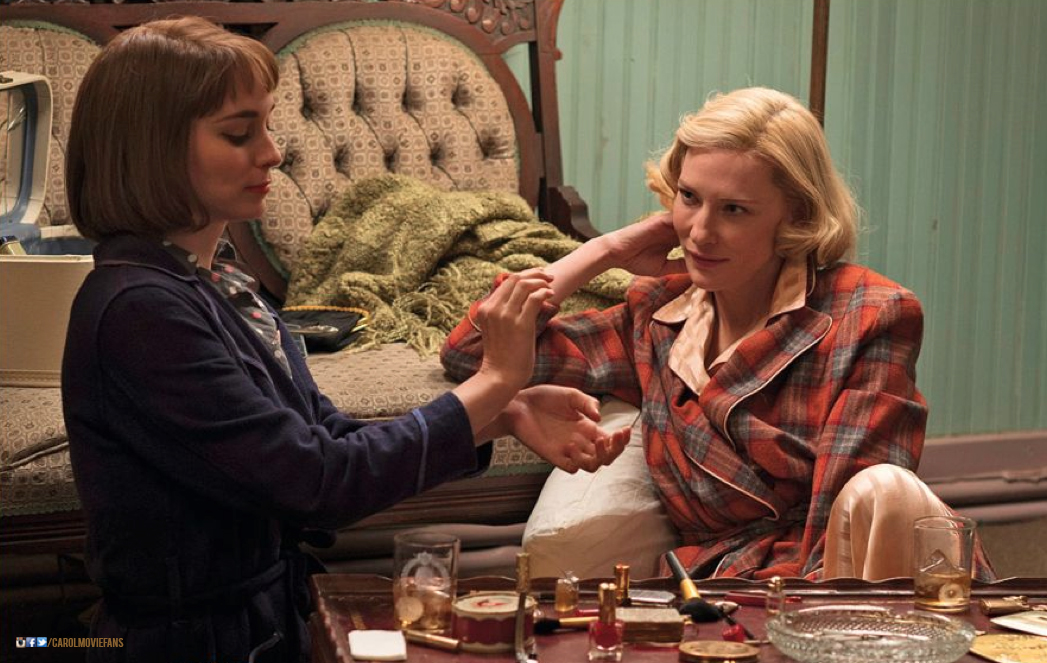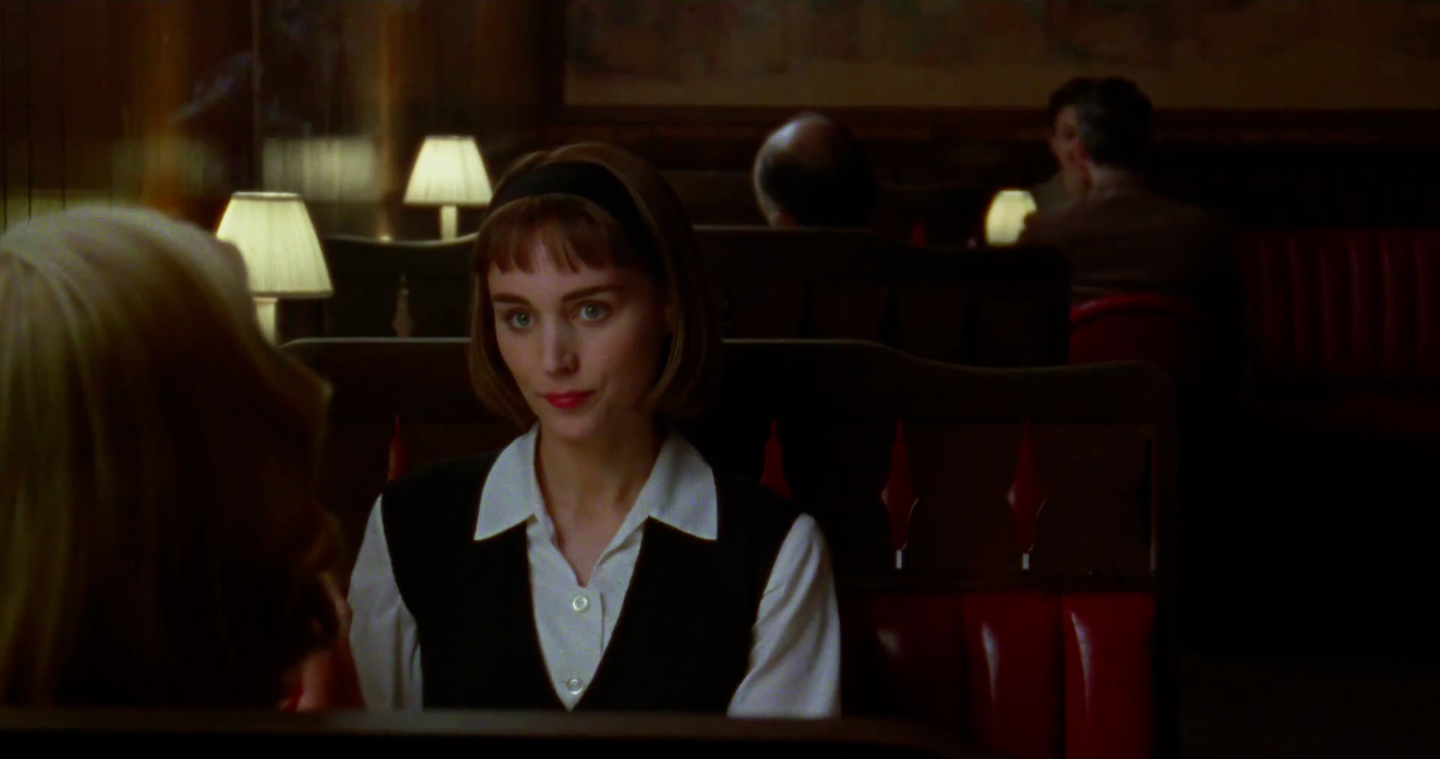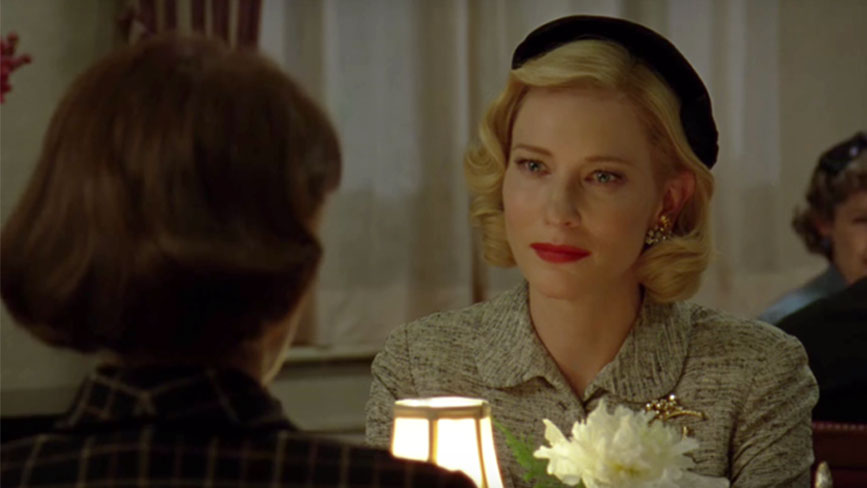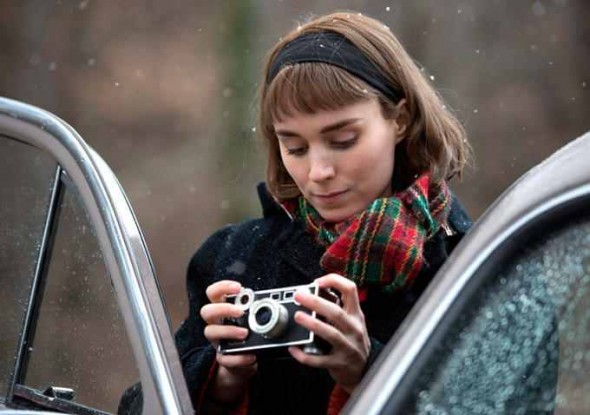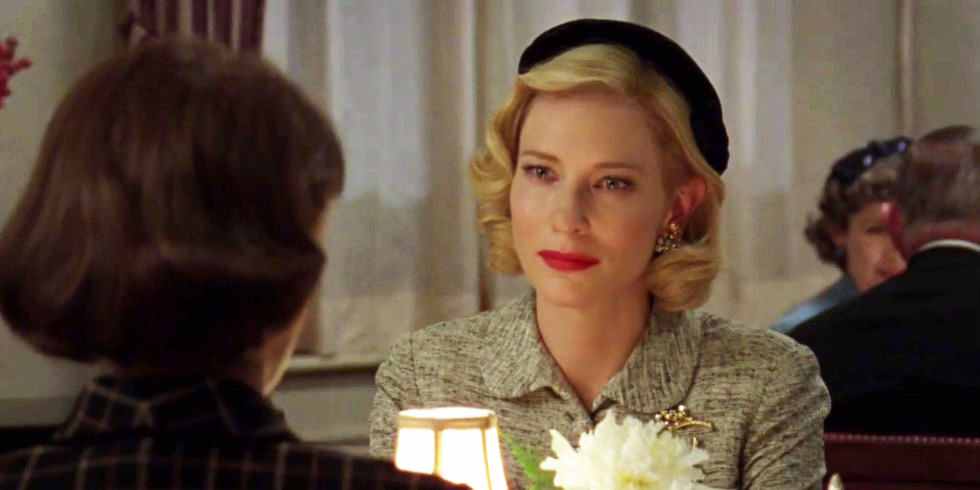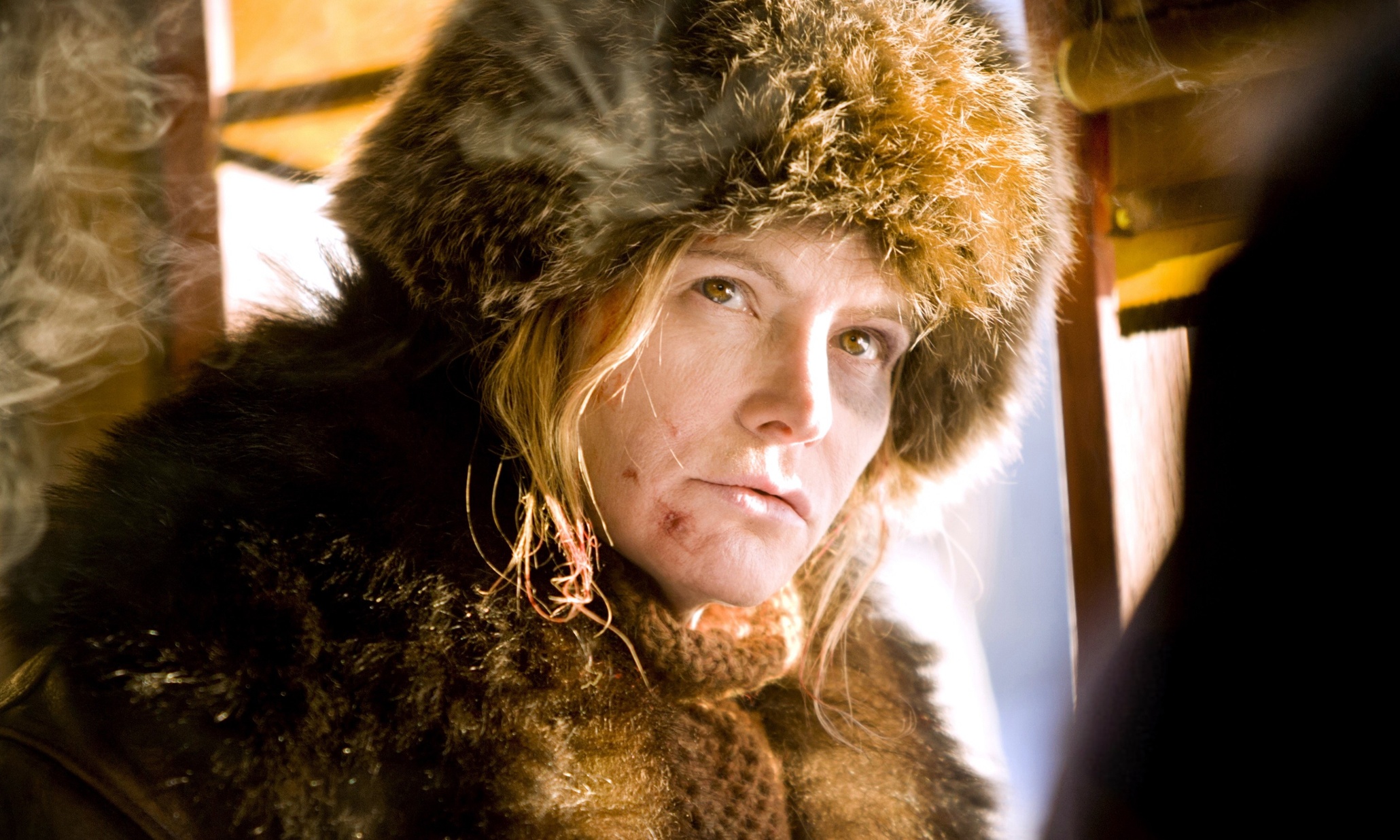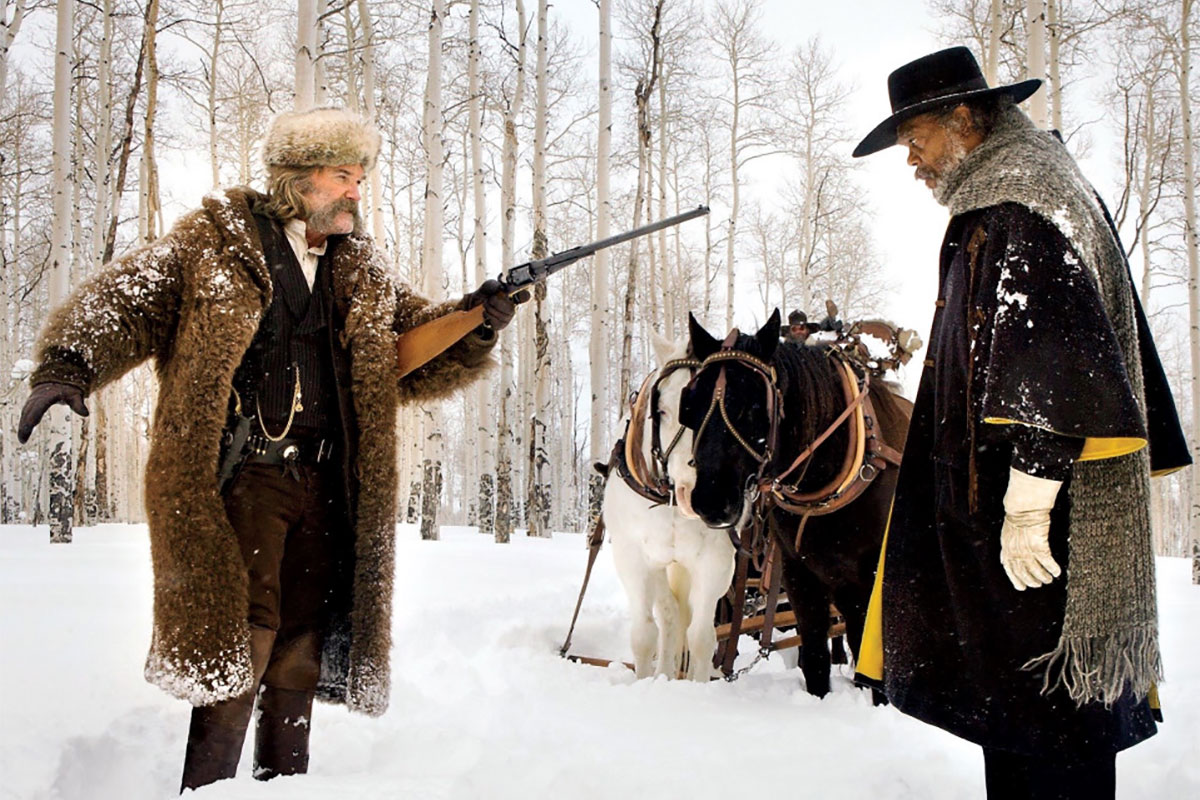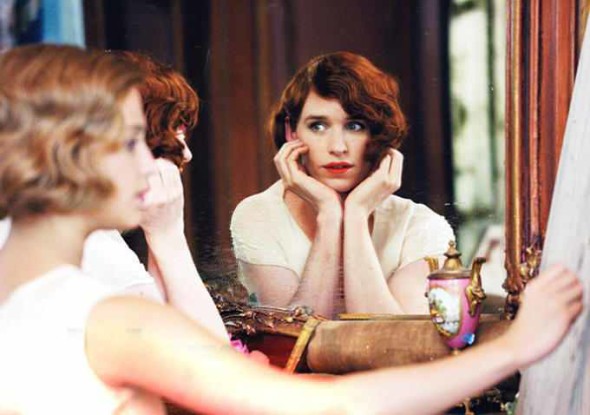This guest post is written by Scarlett Harris.
[Trigger Warning: discussion of rape, and sexual assault]
I remember a friend telling me that she fantasized about being in prison for a year as it was the only way she would have time to complete all her projects uninterrupted.
This anecdote immediately came to mind at a panel discussion after a screening of Room. The female audience member who asked the question recalled a book club talking point scribbled in the back of her copy of the 2010 novel by Emma Donoghue wondering if the author (who also adapted her book for the screen, and was nominated for an Oscar) idealizes the solitude of imprisonment. While both the novel and the film are sure to point out Ma’s anguish, Room can be seen to paint a romanticized, sometimes insensitive and propaganda-esque — later parts of the book, particularly Ma’s post-escape prime-time interview, politicize things like breastfeeding, the prison industrial complex and abortion — fantasy of immersive, attachment motherhood in which nothing else matters but the child.
When I reached out to panel member and Melbourne Writers Festival program manager Jo Case to expand further on her thoughts about Room, she said that the story “explores that mythical ideal of motherhood: all-encompassing, fully present, hyper-attentive. Completely child-focused. It’s our culture’s impossible (and usually untenable) ideal.”
Further to this, I found Room to be a pretty obvious metaphor for attachment parenting. Jack is still being breastfed at age five — though with a lax diet born out of captivity, breastfeeding makes sense. Ma is always there with Jack, relentlessly threading eggshells onto Egg Snake, fashioning Labyrinth out of toilet rolls, and encouraging Jack to use his imagination because what else is there to do in a 10 x 10 soundproofed shed. Attachment parenting can induce in parents the loss of their sense of self if and when the child goes off to school — or in Room’s case, Outside — and makes a life for themselves independent of the close knit parent/child union. Despite Ma’s relish at re-entering the world and thus, finding a semblance of her former self separate from Jack, their intense bond noticeably loosens the moment they arrive at the clinic (more so in the book than the film). Jack is then the one to look back at Room through rose-colored glasses and in the way the story is told post-escape, with the added impetus of being from Jack’s perspective, who can blame him: “Ma was always in Room” while he is often left to fend for himself “in the world” while Ma tries to make sense of her resentment (“Do you know what happened [to my high school friends]? Nothing. Nothing happened to them.”), depression and PTSD.
All we have to do is look at Jack’s heightened intelligence and his being placed on a pedestal in “saving” Ma to understand that he could be viewed as the ultimate fantasy for all those parents (all parents?) who claim their child is “special,” “gifted,” and “advanced for their age.” You know the ones.
I certainly do: my day job is at a cultural institution where I often hear from parents who insist that their children experience things aimed at kids twice their age and, in some cases, even at adults. Jack is familiar with stories well above his age level, such as The Count of Monte Cristo, told to him by Ma. His memory is impeccable and his literacy skills are strengthened by rereading the few books permitted in Room by Ma’s tormenter, Old Nick, and playing “Parrot,” a game that consists of repeating what Jack hears on talk shows and soap operas. In a society that often foists iPads and smartphones into its children’s hands, Jack’s upbringing is romanticized, especially in the early stages of the story when he is blissfully unaware that anything exists outside of Room and the make-believe world of TV (though Jack is permitted half an hour or so of screen-time, Ma is reluctant to grant more as “TV turns your brain to mush”) is real.
Donoghue is quick to deny this, though, telling Katherine Wyrick of BookPage:
“Nobody wants to idealize imprisonment, but many of us have such complicated lives, and we try to fit parenting in alongside work and socializing… We try and have so many lives at once, and we run ourselves ragged.
“Today parenting is so self-conscious and worried, so I wanted to ask the question, how minimally could you do it? … [Ma] really civilizes and humanizes Jack. … She passes along her cultural knowledge to him, from religion to tooth-brushing to rules.”
Room may be a very successful literary and filmic thought experiment for Donoghue. But it’s also a fantasy in which one of the biggest luxuries for parents — time — reigns supreme. In a recent parenting column on Jezebel, Kathryn Jezer-Morton writes:
“Time is one of the most valuable commodities in post-industrial capitalism. It’s valuable because it’s scarce; we run around acting so busy all the time, partly because our jobs are squeezing us for it, and partly because there are so many competing entities constantly vying for our time and attention. […]
“Spending the first 10 months at home with each of my kids was enormously empowering. By the time I returned to work, I was ready for the company of adults again; work even seemed easy compared to caring for a nonverbal person all day. The time we’d spent together absolved me of a lot of the guilt that many people feel when they first put their kids in the care of others. It also gave me the privilege of feeling confident — even a little cavalier! — about my parenting choices.”
Donoghue discusses similar ideas in an interview for The Independent upon the release of the book:
“It may sound outrageous, but every parent I know has had moments of feeling as if they’ve been locked in a room with their toddler for years on end. Even 20 minutes of building towers of blocks can feel like a lifetime. I’m not saying that Ma’s experience is every mother’s experience, not at all. … But there’s a psychological core that’s the same: the child needs you so much that you don’t fully own yourself anymore.”
Utilizing time for things other than child-rearing is often deemed the height of selfishness, for parents and the child-free alike. With Ma’s characterization comes a certain selfishness (or self-preservation) voiced by the post-escape prime-time interviewer who asks Ma whether she ever considered relinquishing Jack to Old Nick to drop off at a hospital in the hopes of giving him a better — freer — life. While I can see where the interviewer is coming from — and maybe in a perfect world, sure, Jack would have grown up under different circumstances — but he’s a five-year-old who challenges his mother’s assertion that there are two sides to everything (“Not an octagon. An octagon has eight sides.”) and can spell feces, for crying out loud! How many “gifted” children of a similar age but very different circumstances can we say the same of?
Ma may conceive of the great escape in order to get Jack out of Room but, as the Nova panel discussed, she’s also hoping he’ll be savvy enough to lead his rescuers back to her. Again, putting so much faith in a five-year-old could be considered delusional, but that speaks to the trauma of an abductee who’s been raped almost every day for the past seven years; a trauma that I couldn’t even begin to imagine and is for another article.
Conversely, when I watched Room for the third time with my own mother, she found Ma’s “gone days,” her forcefulness in preparing Jack to escape Room, and her depression and disengagement from her son upon release to “not be how a mother should act.” Brie Larson’s Ma is far more assertive and fleshed out in the film, whereas on the page she’s ineffectual, agreeing with Jack when he calls her “dumbo” when things don’t go to plan. As an intimate partner violence survivor herself, I was expecting from Mum more empathy towards Ma. But that’s the beauty and curse of storytelling, particularly in a narrative as controversial and emotional as Room — everyone responds to it differently.
I think Room can best be summed up by Case’s description:
“It’s a horror story not just because of the awful circumstances of [Ma’s] imprisonment — rape and kidnapping — but because it dramatizes one of the hardest aspects of motherhood: feeling trapped by routine and the demands of everyday parenting [and] feeling separated from the outside world in your own mother-child universe.”
In the case of Room, though, “this kind of motherhood saves the mother from her prison rather than trapping her in a domestic [one].”
See also: ‘Room’ for Being More than “Ma”
Scarlett Harris is an Australian writer and blogger at The Scarlett Woman, where she muses about femin- and other -isms. You can follow her on Twitter here.
